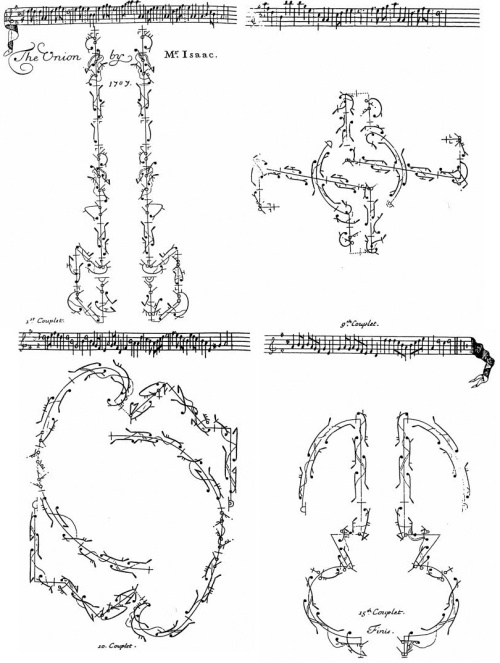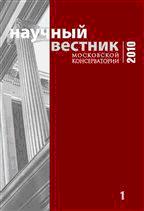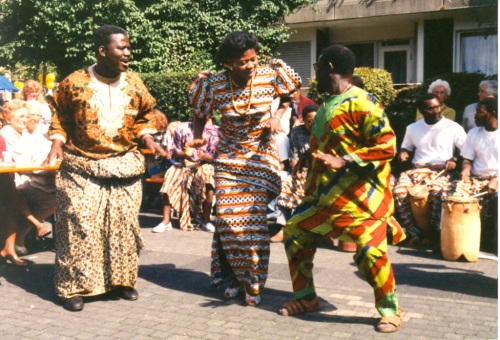After becoming the Elector of the Palatinate in 1743, the young Karl Theodor found it difficult to settle into the Mannheim residence that his father had just built due to the city’s paucity of artistic activity. In September 1746 he ordered the court to move to Düsseldorf, where he could have easier access to theatrical performances, masquerades, court balls, and the very popular par force hunting.
However, in August 1747 the ceiling of the Elector’s private chamber there collapsed, precisely on the spot where he usually practiced the cello. At the strong insistence of the Electress Elisabeth Augusta, by the end of September Karl Theodor gave the order to move back to Mannheim.
Subsequently the Elector would organize one of the most famous and influential music ensembles in the history of Europe, sometimes referred to as the Mannheim School.
This according to “The Palatine court in Mannheim” by Bärbel Pelker, an essay included in Music at German courts, 1715–1760: Changing artistic priorities (Woodbridge: Boydell & Brewer, 2011) pp. 131–162.
Above, Karl Theodor as painted by Anna Dorothea Therbusch in 1763. Below, Otto Sauter and members of the Mozarteumorchester Salzburg perform the finale of the D-major trumpet concerto by Franz Xaver Richter, one of the founding composers of the Mannheim School.











